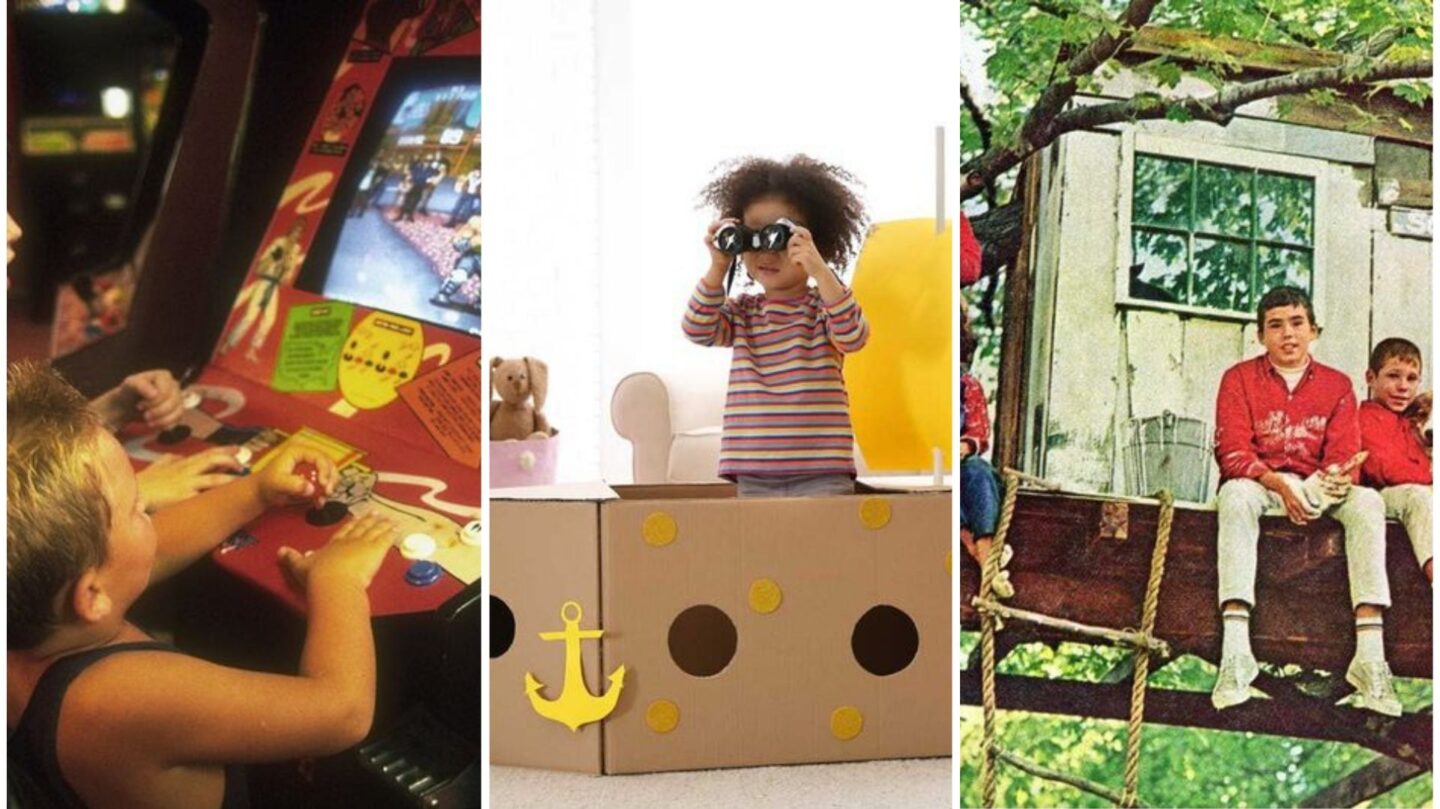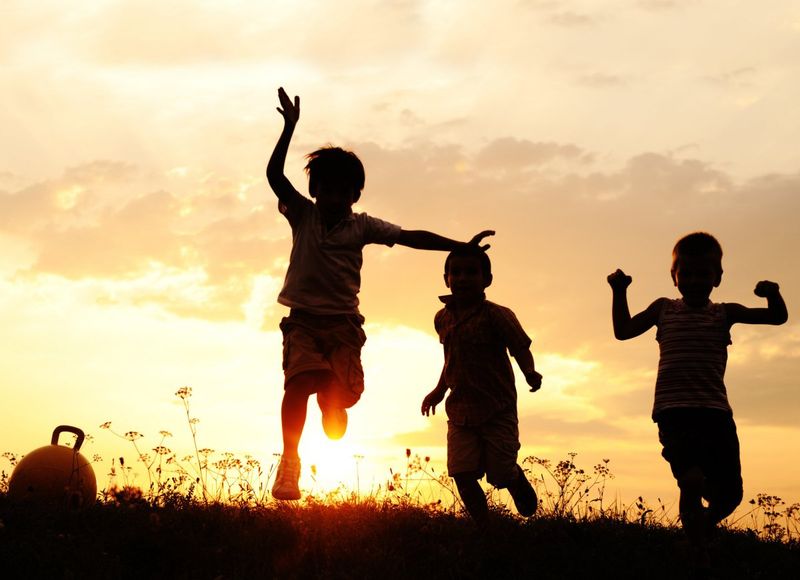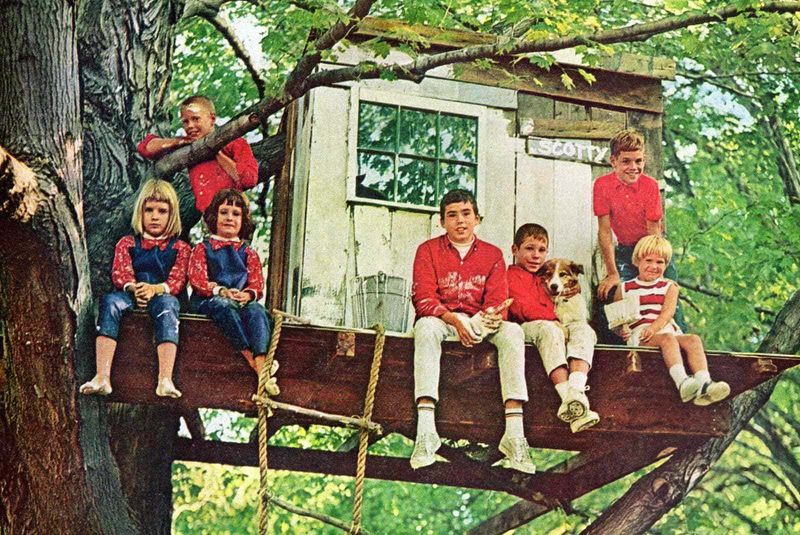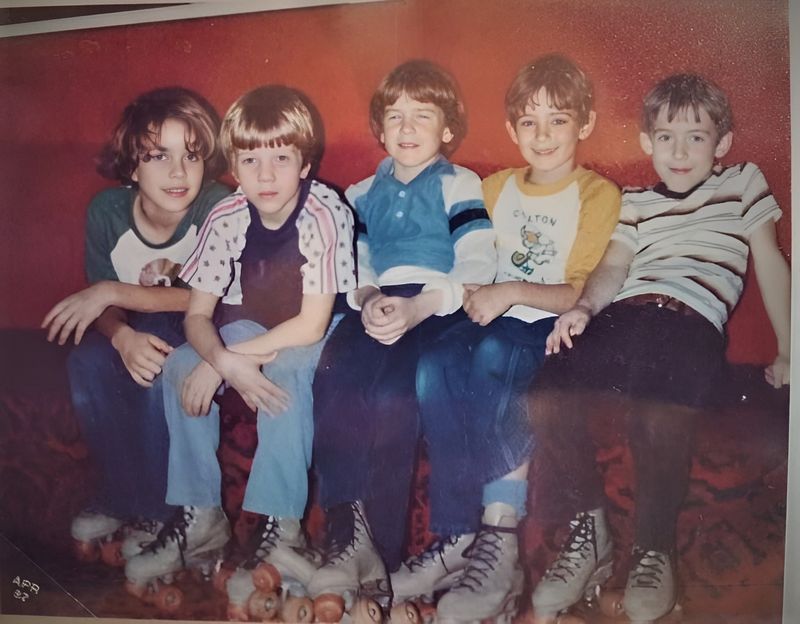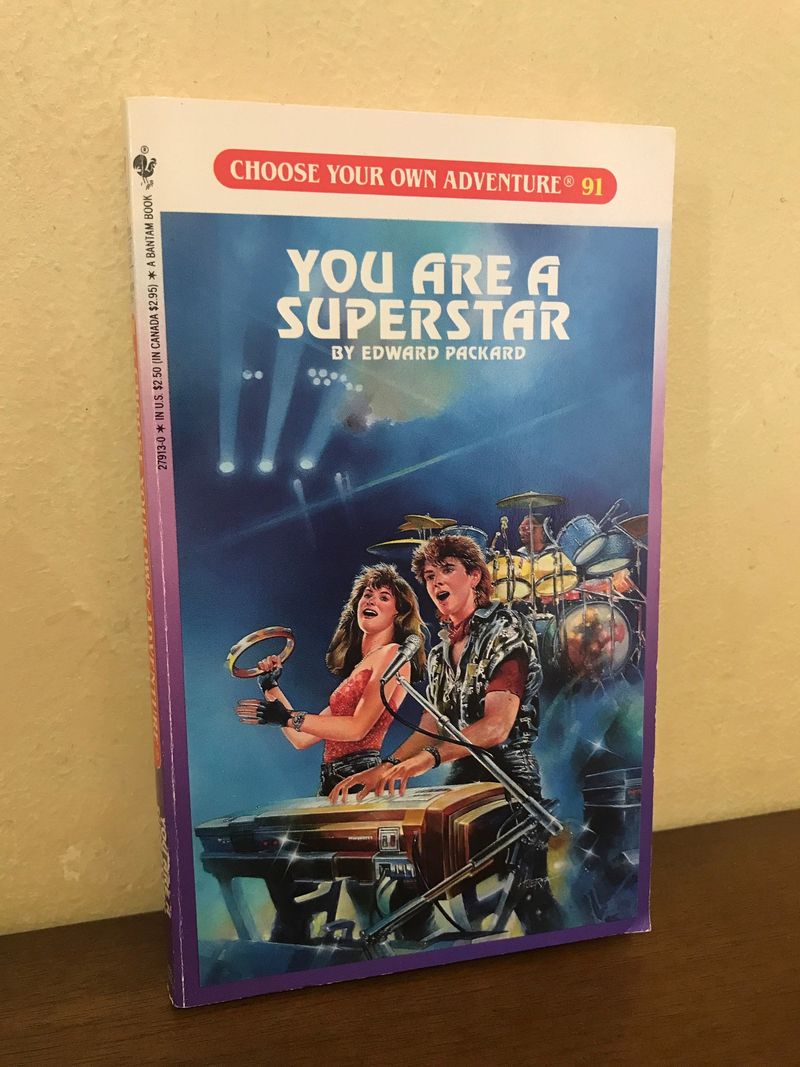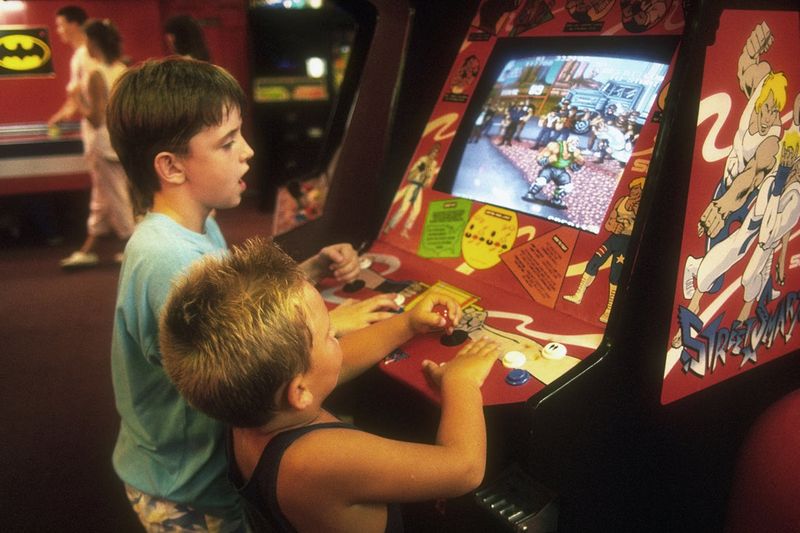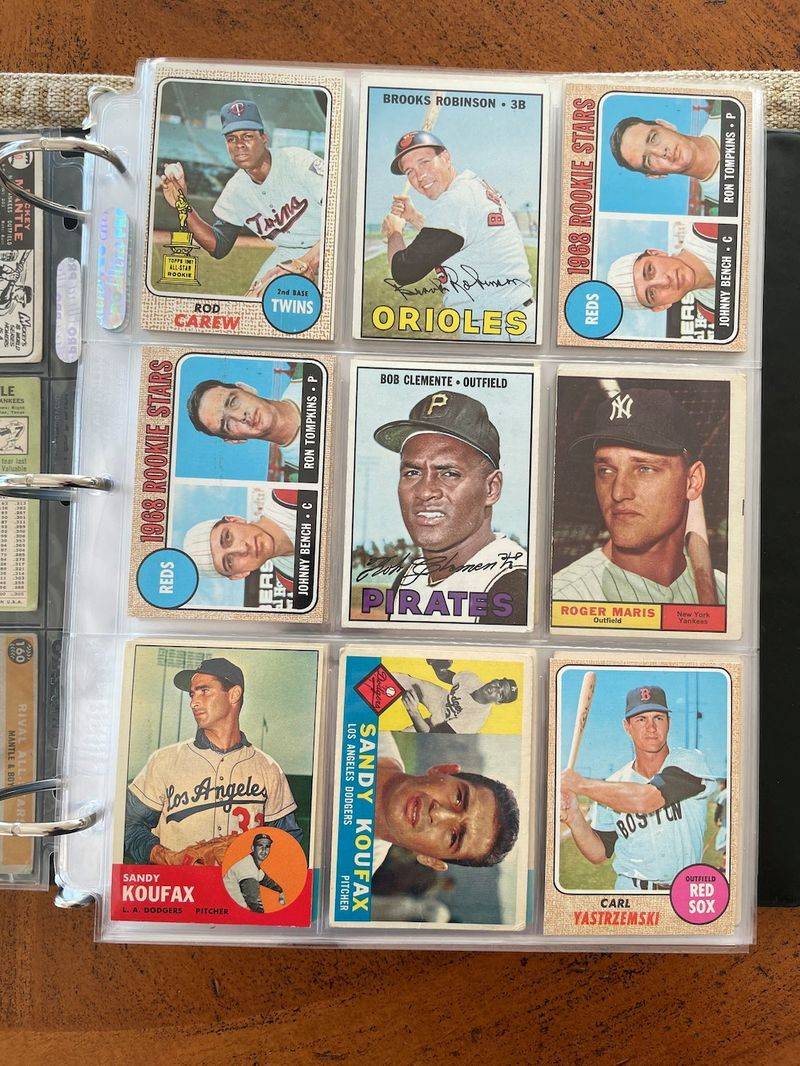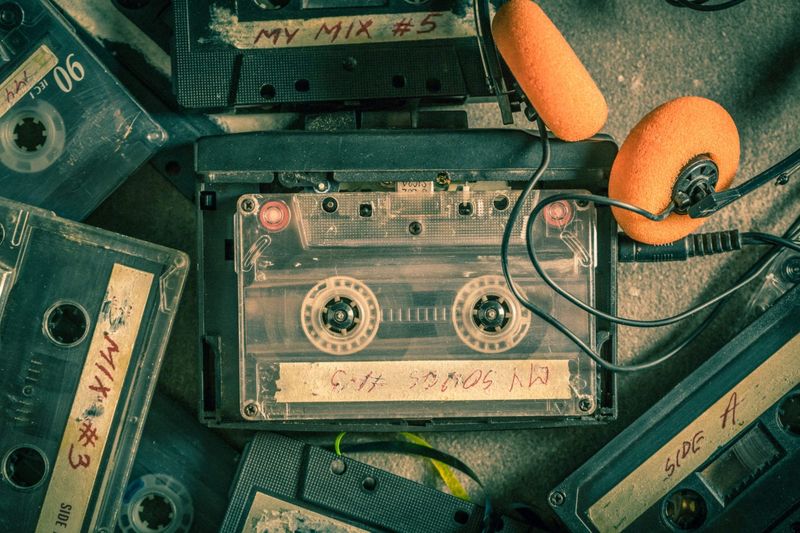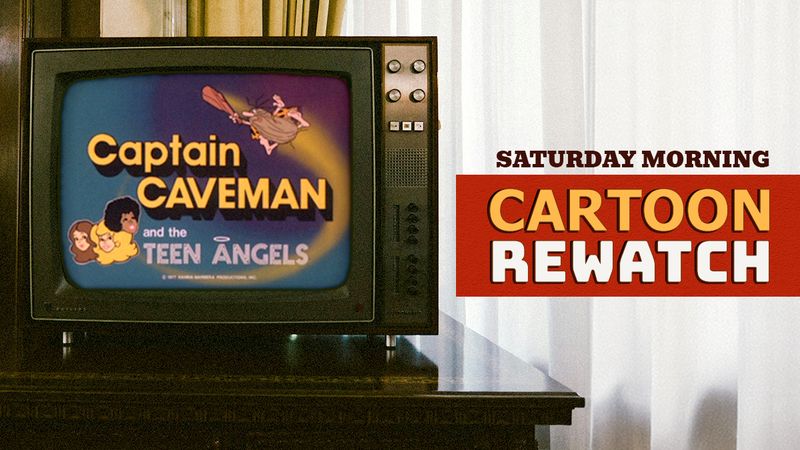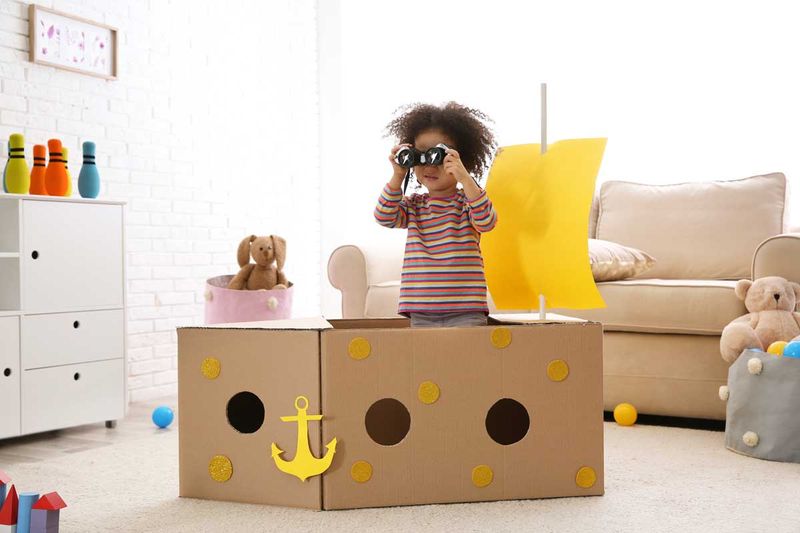The 1980s were a time of vibrant, tangible adventures that today’s digital age rarely replicates. Kids in the 80s had a unique way of engaging with the world around them, forming memories that would last a lifetime. From outdoor games to imaginative indoor activities, let’s take a nostalgic trip down memory lane and explore nine things kids did for fun back in the day. These activities not only entertained but also fostered creativity, independence, and social skills, elements that are often missing in today’s screen-centric world.
Playing Outside Until Dark
Playing outside until the streetlights came on was a hallmark of 80s childhood. Kids roamed their neighborhoods, often on bikes, exploring every nook and cranny. It was a time when parents felt more at ease allowing their children to wander unsupervised.
Games like tag, hide and seek, and kick the can were popular. These activities not only provided fun but also taught valuable social skills and independence. Being outdoors allowed kids to use their imaginations, turning the world into a playground. The freedom experienced is something many kids today might not understand.
Building Forts
Building forts was an adventure in creativity and resourcefulness. Kids would gather materials like blankets, pillows, and chairs, transforming living rooms or backyards into imaginative hideaways.
These forts became castles, spaceships, or secret clubs, limited only by imagination. Building a fort was often a group activity, fostering teamwork and negotiation skills. It provided a sense of ownership and accomplishment.
In today’s world of digital entertainment, this hands-on creative activity has become rare, but its value in developing problem-solving and social skills is unmatched.
Roller Skating
Roller skating was more than just a pastime; it was a lifestyle for many kids in the 80s. With vibrant skates and a sense of freedom, kids would glide through parks and neighborhoods.
Roller rinks were popular weekend destinations, offering music, lights, and a social atmosphere unmatched by today’s rollerblading. Skating taught balance and coordination while providing a fun form of exercise.
Though not as common today, roller skating nurtured a sense of community and physical engagement that digital activities often lack. It was a joyful way for kids to connect and express themselves.
Reading Choose Your Own Adventure Books
The 80s saw the rise of ‘Choose Your Own Adventure’ books, captivating the imaginations of young readers. These books offered interactive storytelling, allowing kids to make decisions that influenced the story’s outcome.
Each choice led to a different path, encouraging critical thinking and engagement. Kids would often share their adventures with friends, discussing different scenarios and outcomes.
In a world before video games and interactive media, these books provided a unique way to experience storytelling. Though less common now, they fostered a love for reading and empowered kids to explore narratives actively.
Playing Arcade Games
Arcades were the social hubs of the 80s, where kids gathered to play the latest video games. From Pac-Man to Space Invaders, these games offered excitement and competition.
With quarters in hand, kids would spend hours striving for high scores, mastering skills, and challenging friends. Arcades were more than just gaming centers; they were places of camaraderie and social interaction.
Today, home gaming consoles have largely replaced arcades, but the sense of community and shared excitement found in these halls of digital entertainment remains a cherished memory for many who experienced it.
Collecting and Trading Baseball Cards
Collecting baseball cards was a favorite pastime for many kids. Each card represented a piece of the sport’s rich history, and trading them was a social activity that brought friends together.
Kids learned about players and statistics, enhancing their knowledge of the game. The thrill of opening a new pack and finding a sought-after card was unmatched.
In today’s digital age, such tangible hobbies are rare, but they taught patience, negotiation, and appreciation for collecting. Baseball cards were not just collectibles but gateways to deeper connections with the sport and each other.
Cassettes and Mixtapes
Creating mixtapes was an art form in the 80s. With cassettes and recorders, kids crafted personalized playlists, carefully selecting songs to express feelings and moods.
Mixtapes were shared among friends, often as tokens of friendship or affection. They required time and thought, making each tape a unique creation.
Though digital playlists have taken their place, mixtapes taught patience and creativity. The tactile experience of crafting a tape, from recording to decorating the case, provided a personal connection to music that streaming can’t replicate.
Watching Saturday Morning Cartoons
Saturday mornings in the 80s were reserved for cartoons. Kids would wake up early, gather in front of the TV with bowls of cereal, and enjoy shows like ‘Smurfs’ and ‘He-Man’.
This ritual was a shared cultural experience, creating bonds among friends and family. Cartoons were more than just entertainment; they offered lessons and sparked imaginations.
In today’s on-demand world, the magic of waiting for a specific time to watch favorite shows is lost. The anticipation and joy of Saturday morning cartoons remain a nostalgic memory for those who grew up in this era.
Imaginary Play
Imaginative play was a cornerstone of 80s childhood. Without today’s digital distractions, kids relied on their creativity to entertain themselves.
Everyday objects became props for adventures, and backyards transformed into magical lands. Whether playing house, pirates, or superheroes, kids developed storytelling skills and empathy.
Imaginative play fostered social interaction, creativity, and problem-solving. Though less common now, it encouraged exploration and independence. This form of play remains a cherished part of childhood for those who grew up in an era where imagination was the best toy available.
